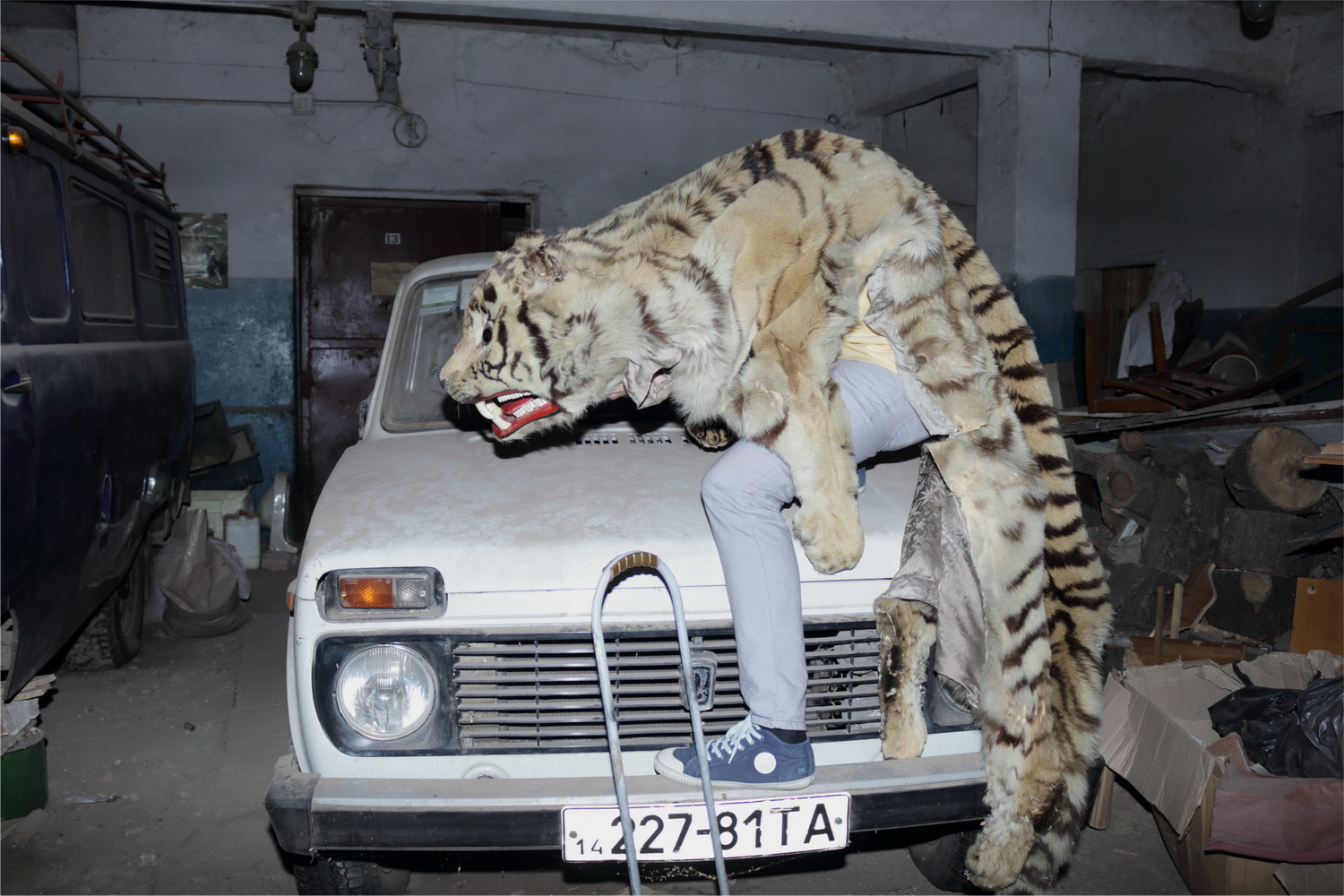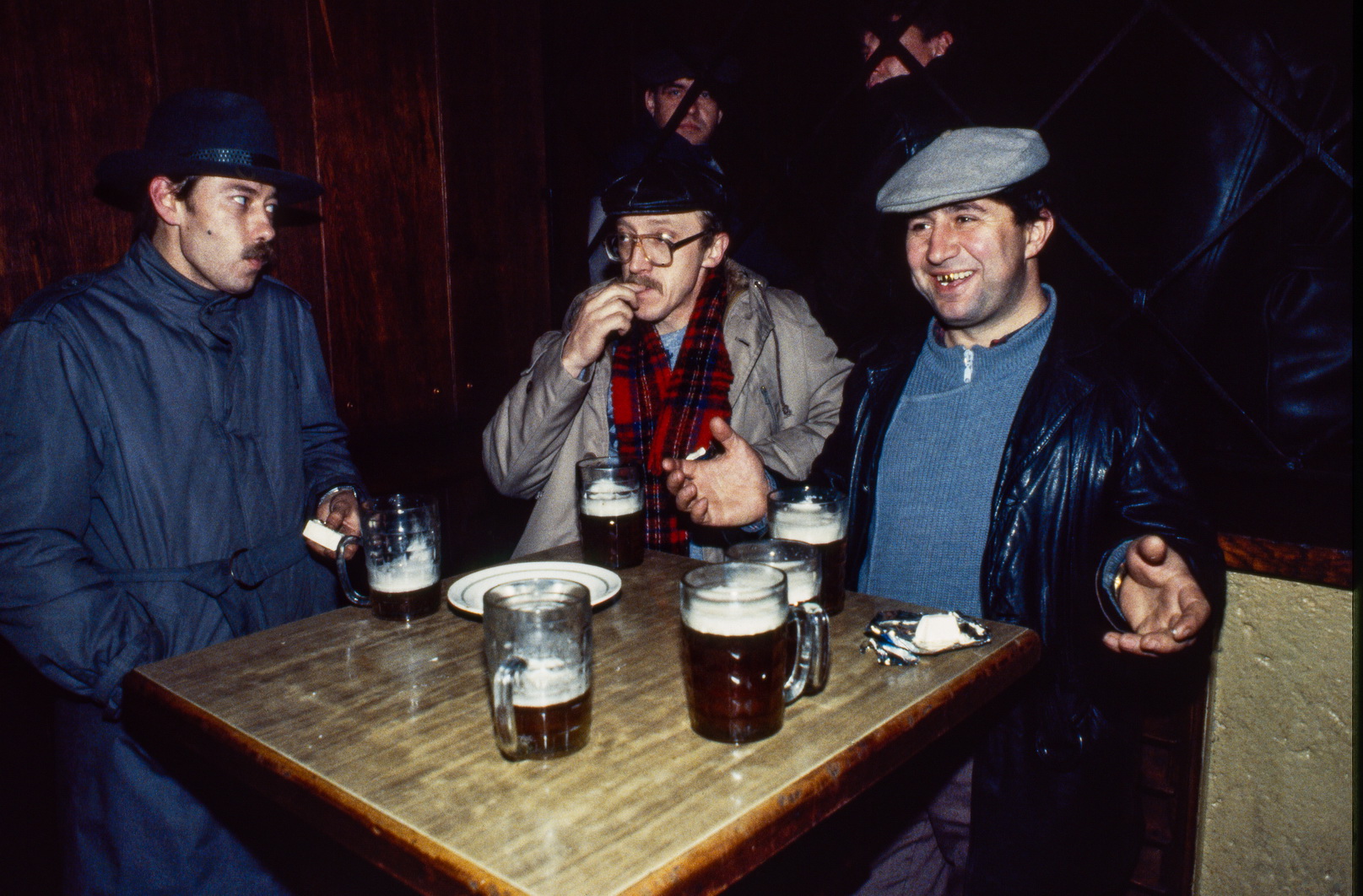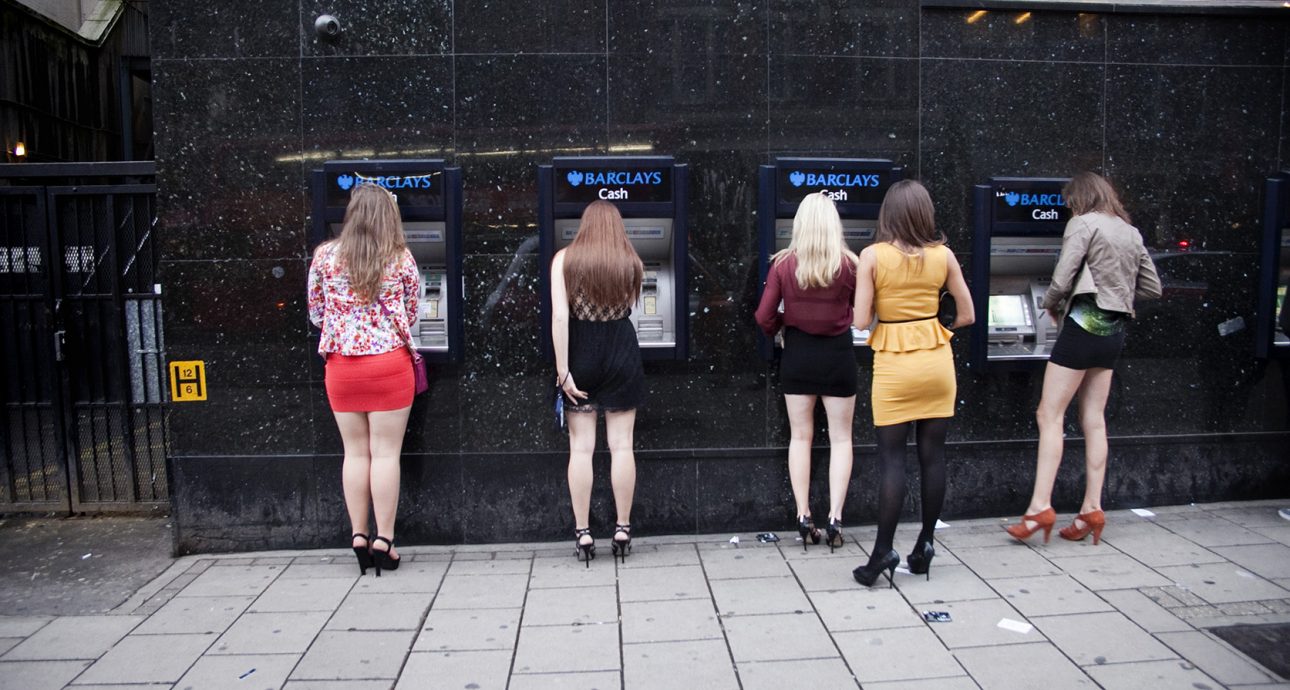
Ania Klosek: “The Street Is Only a Background for the Story about a Person”
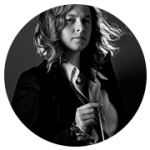
Warsaw-based photographer. Member of street photography collective Un-posed. Her works were awarded with national and international awards and displayed during numerous solo and group exhibitions, including Street Photography Now, Leica Street Photo, EASTREET and Miami Street Photography Festival. Worked on the jury for Leica Street Photo and Miami Street Photography Festival.
Street photography is mostly a male genre. Do you agree?
It is true that there are more men in this genre, but women are not new to street photography either, although there is also a different truth to it. Women street photographers have less visibility, their work is promoted less, and very often their skill remains unnoticed. Of course, it is my personal opinion, because any kind of evaluation of photography is rather subjective and it is difficult to talk objectively about something that you like so much.
If the evaluation of photography is subjective, how can we determine the best photographs at the photography contests? For instance, what was your work on the jury of the Miami Street Photography Festival like?
Technical characteristics of the shot, its composition and plot, and where it fits in the genre help us evaluate a photograph without bias. If it all works, the photograph draws attention, provokes emotions, makes you think. When you are looking at a really good photograph, there is no feeling that it has extra elements or, on the contrary, that many elements are missing. The festival in Miami received over 4,000 submissions, and to be honest, not all of them were masterpieces. Before selecting the best ones, I looked through all of them four times.
However, this process was really enjoyable. I was a part of the international jury: from all the submissions, we had to select the photographs for the main exhibition and further evaluation by Magnum photographers. Famous street photographers, including Richard Kalvar, Martin Parr, and Alex Webb, determined the winners. And the first prize went to Alex Liverani, whose work I shortlisted. I was so happy at the award ceremony, as if I won this competition myself.
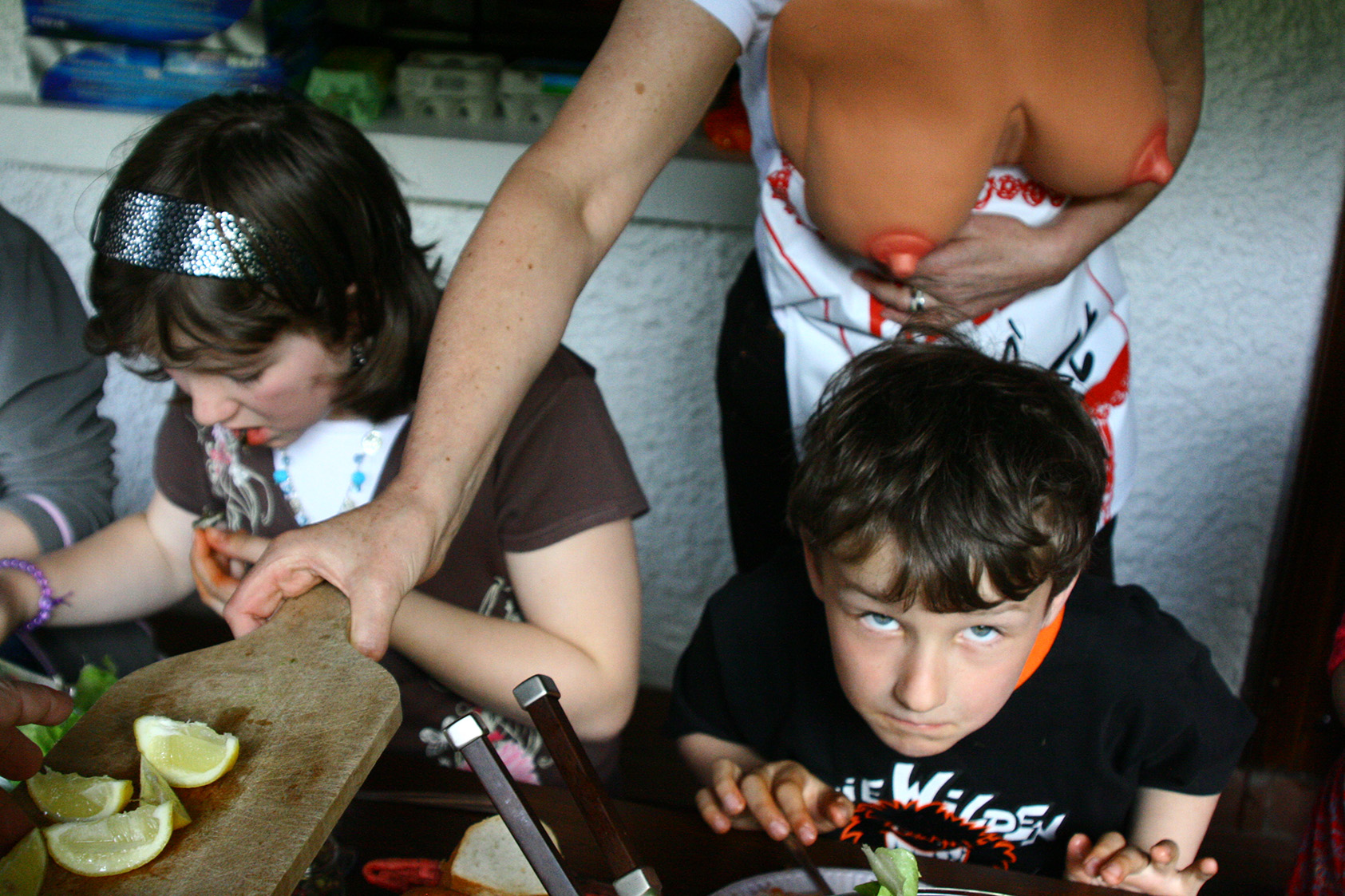
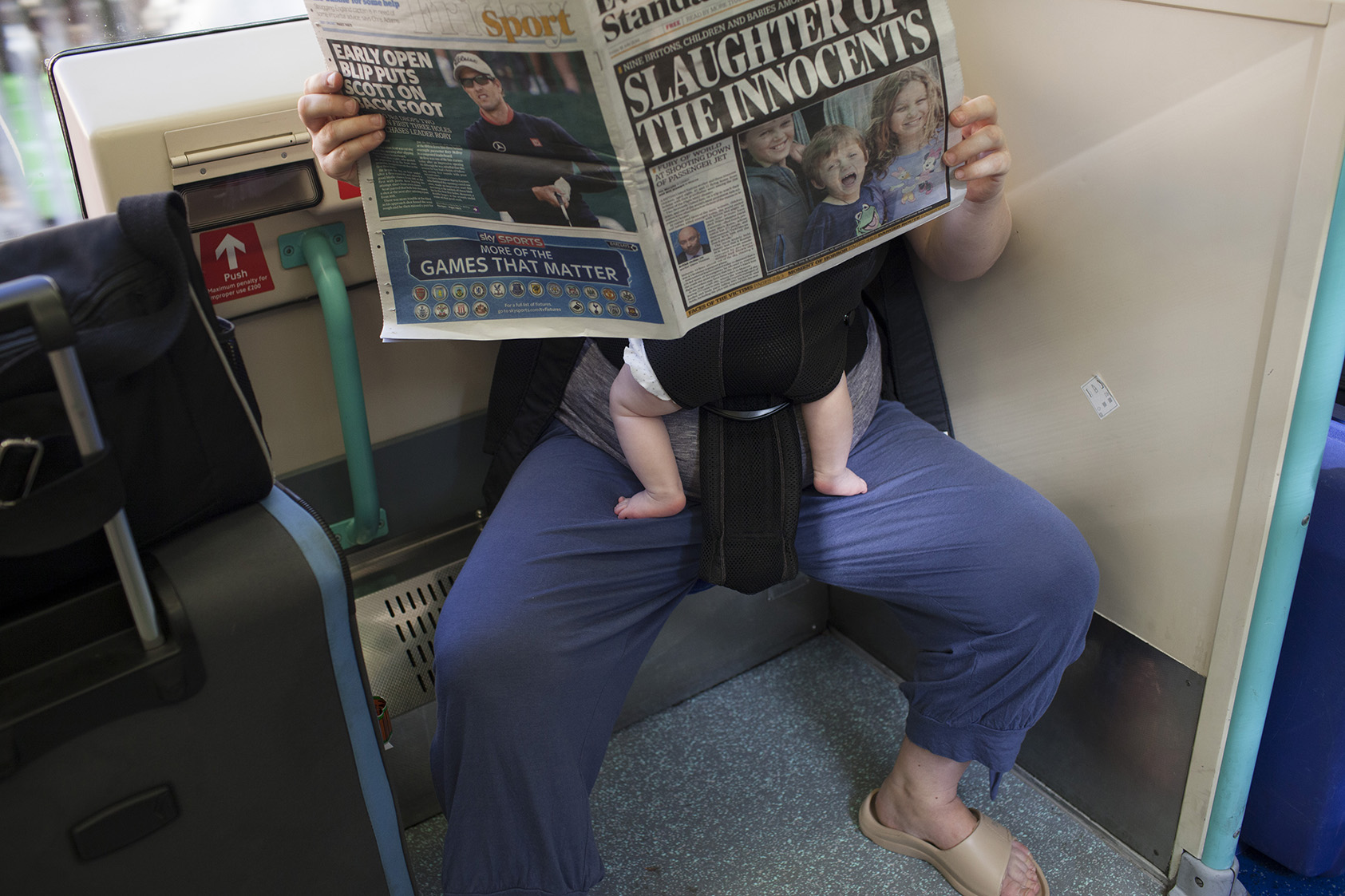
Could we say that street photography today is different from what it was ten years ago? What are the main tendencies of the modern ‘street’?
Yes, there are many trends now, but all street photographs can easily be classified. There are photographs where the volume is created with the help of several dimensions: the more layers in a photograph, the more air and space it has. Another type — bright, high contrast images, with a lot of light and shadow, with many colors and emphases. Such photographs are very well perceived, they are a spectacle. Street photos can also be based on situations, often the funny ones or the ones unusual for an everyday urban location. There is one more kind, which often includes black-and-white photographs. In such photographs, the human becomes part of the urban architecture — placed in the light spots of the shot or inside geometrical constructions. And to be honest, I am not a fan of them.
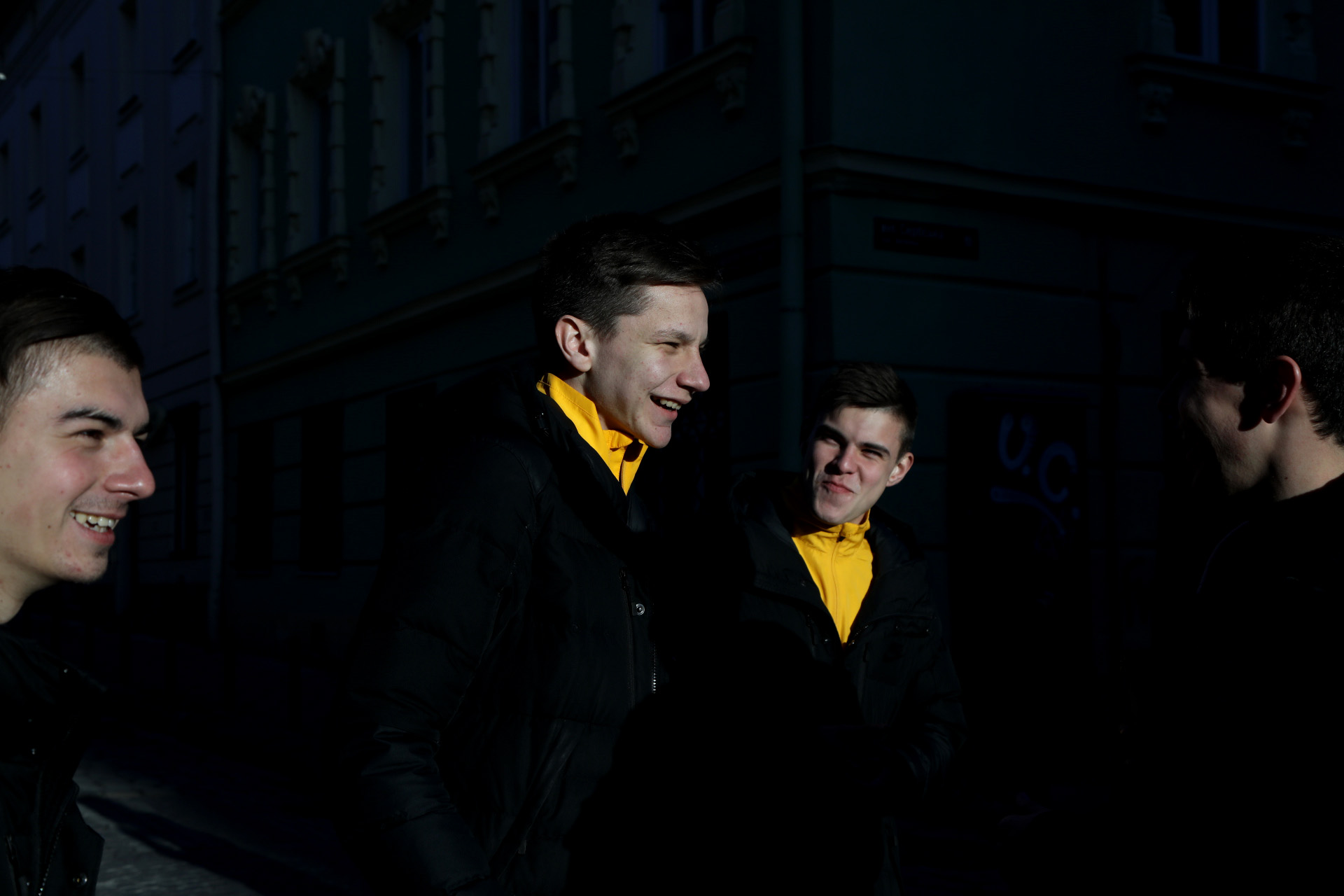
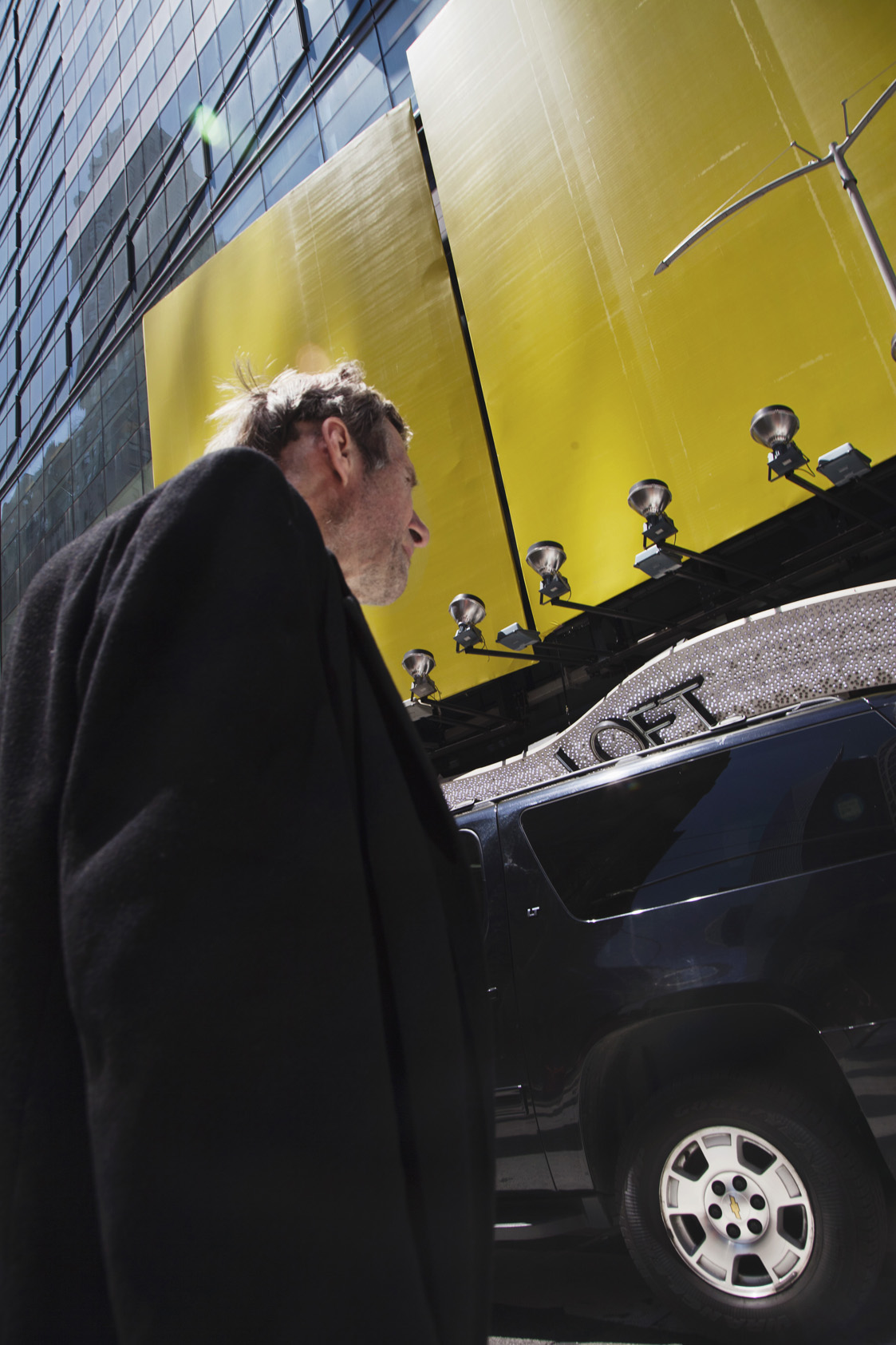

How long have you been working in this genre?
About twelve years ago it dawned on me that I wanted to take photographs. At first, I tried taking pictures of different things, and it led me to an important realization: photography is something that can’t live without. When I pick up a camera, everything else ceases to exist — there’s only my camera and the people I photograph.
I entered the Academy of Photography in Warsaw. During the first class, the instructor asked us about the genre that we feel most confident in. I thought then: how could you choose one genre? I take good portrait and landscape photographs, I can make an interesting photo report — I can do everything. And this is probably what all young photographers think. However, with time I realized that I feel most comfortable doing photo reports and documentary photography, and street photography is a part of my life, a way I look at the world.
Classes in the Academy saved me a lot of time, as I didn’t have to look for the books and study the basics by myself. Even if you learn the shooting techniques by yourself, without the knowledge in the history of arts it is difficult to learn to ‘read’ the image correctly. When you look at the work of recognized masters, it broadens your outlook and teaches you a conscious appreciation of photography.
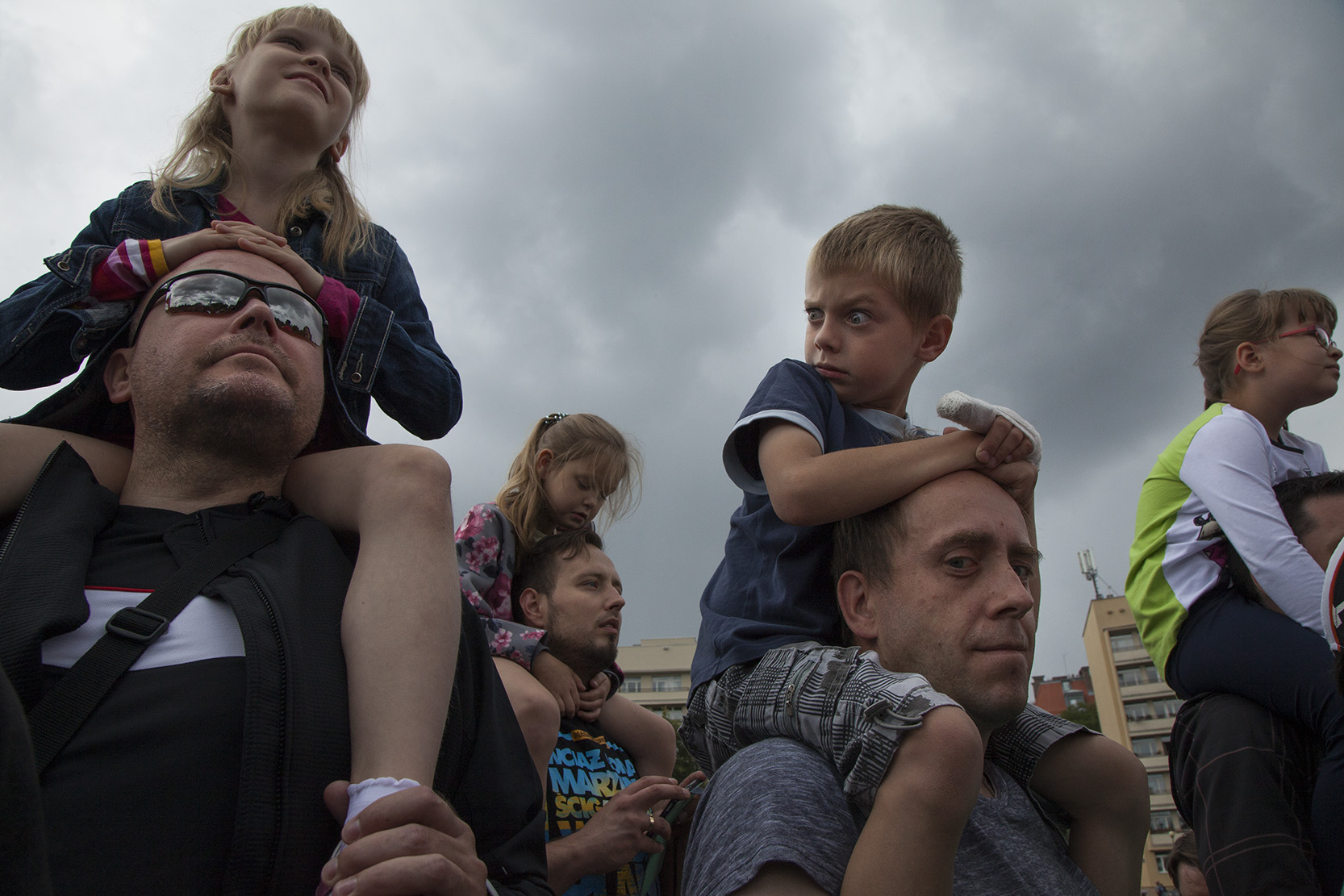

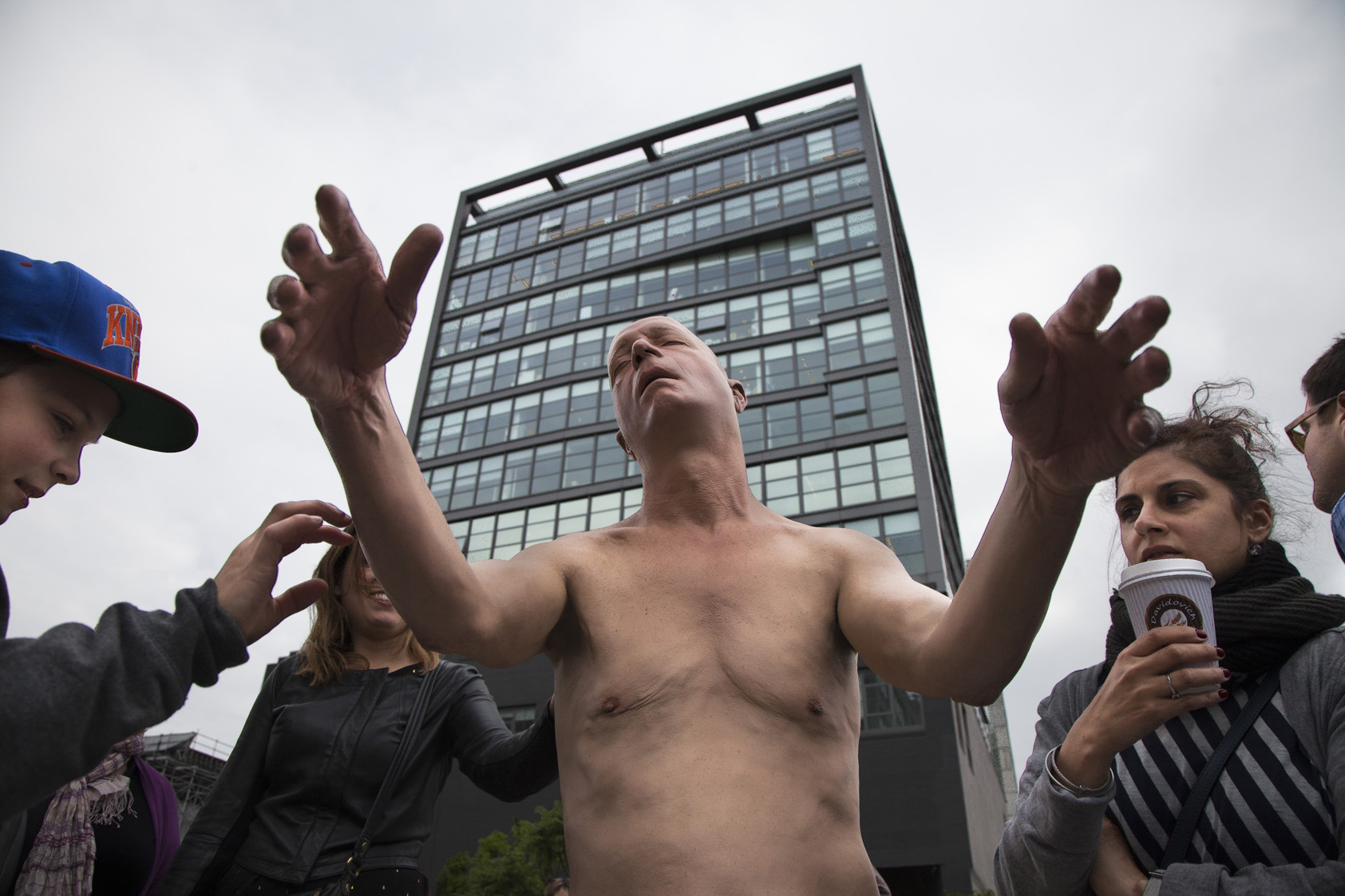
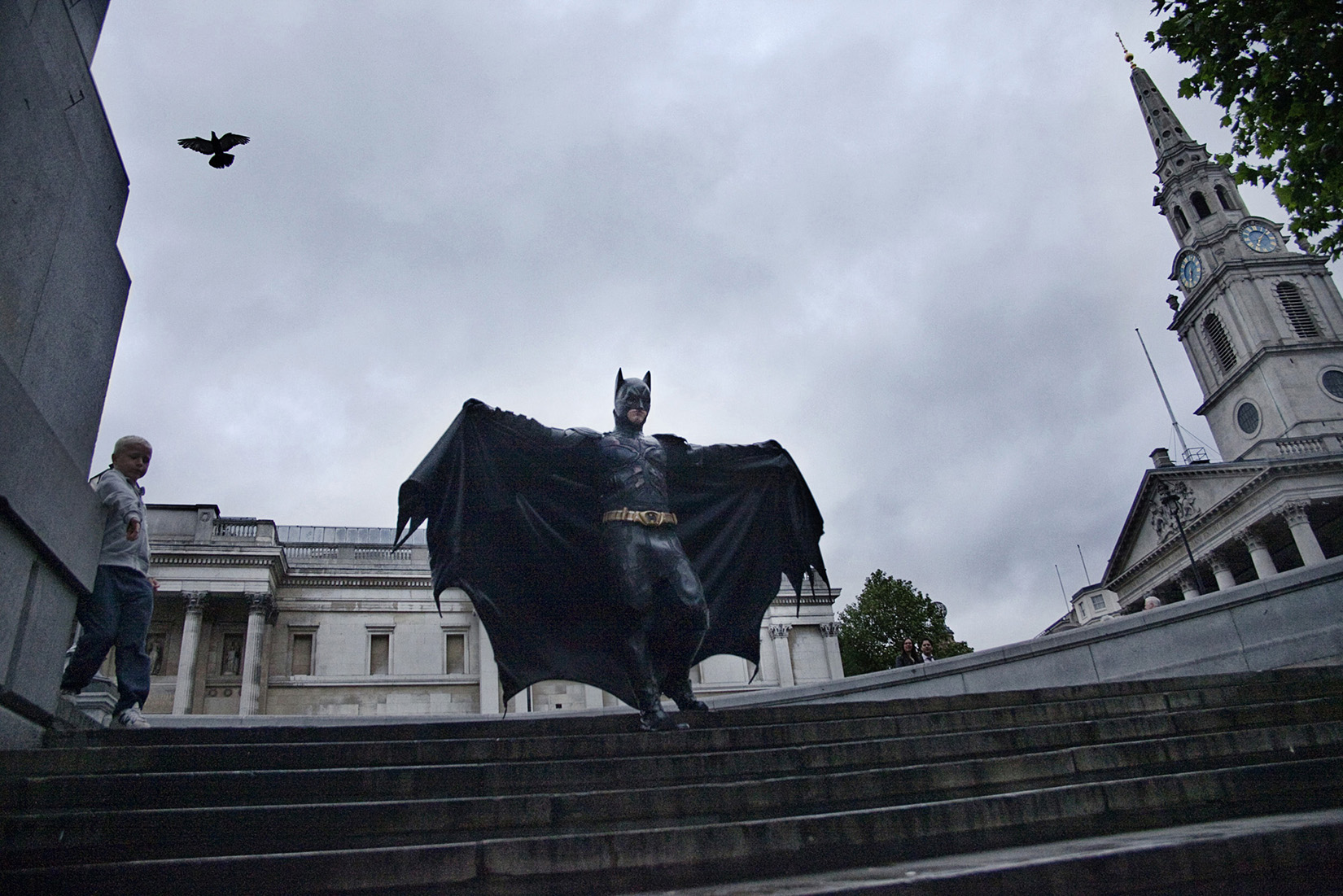
When you started as a photographer, you had a film camera with a limited number of shots. How many shots a day do you take now?
I did start with film, and I think it is a serious limitation for a street photographer. Now I take many photographs every day. It not always works out at home, in Warsaw, but when I am traveling I capture anything that is even remotely interesting. Besides, in the new cities I don’t have the kind of barriers that I have already developed at home: for instance, I know that near that entrance or in that alley people would get angry that I photograph them. In the new city, even if something like this happens — you’ve already taken your shot, and you just keep going.
I don’t capture static things, I like dynamic scenes: I would like my photographs to convey the rhythm of urban life. 99% of my photographs have people in them (and 1% feature animals — I like taking photographs of dogs). Their endless stream is always moving, they turn away, they gesture, and it is very difficult to guess what happens the next moment. You could take more than ten photographs from the same spot, and all of them would be different, and only only of them would be good.
I enjoyed working in New York City and Miami, people are open and friendly there. They are used to tourists, and if they notice a photographer, they just smile in response. There are many tourists in Lviv now, too. I never manage to book the same hostel — everything is booked in advance.
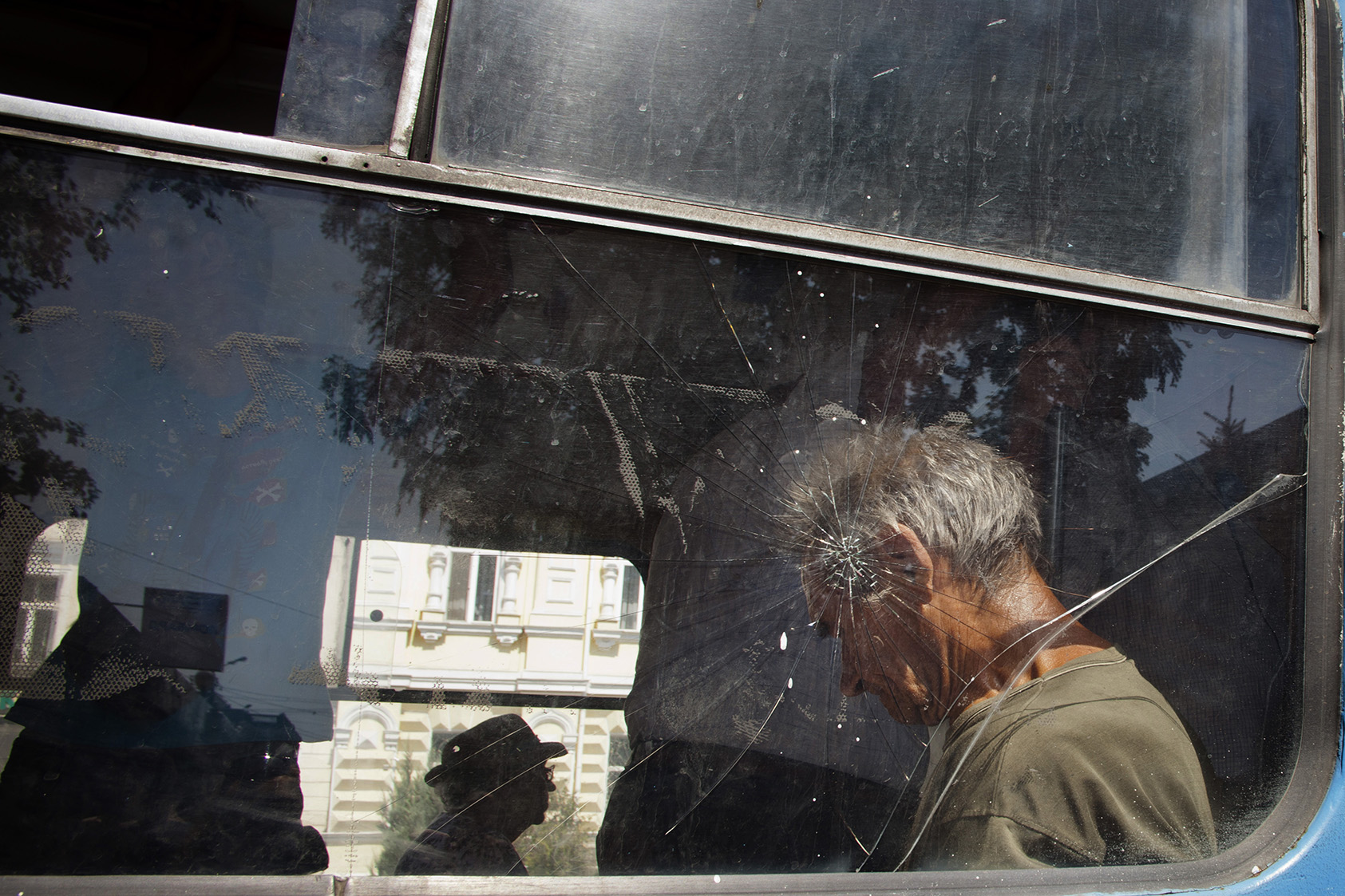



Why Lviv?
Lviv is the birthplace of my grandmother, so it is a natural choice. I have to tell you that I am not one of those photographers who think projects. When I go out to the street, I am not looking for preconceived images. I take single images that I put together based on their location: I have series from Paris, New York City, and London.
I have been taking photographs of Lviv for the past two years, I want to show the life of people in this city. I befriend Lviv locals, come to their homes, capture how they live. The streets of the city are rather a background for stories about people. Every day I take new photographs, but it seems to me that I don’t have enough yet to complete this series.
What are your favorite shooting locations in Lviv?
I like shots that have a lot going on in them. In Lviv, I like taking pictures at the bus stops: there are always many people there, they talk with each other and on their phones, get on the small route buses, reflect in the windows. I catch such moments eagerly, but it is hard to take a good picture in such a situation. I have not too many of them in my portfolio.
It often rains in Lviv. And then everything is shiny and reflects on the paving stones, and it gives an opportunity to look at this city from a different angle. The misted tram windows with tracks from raindrops rolling down them look interesting. I believe that any weather is good for taking pictures. You should take everything that life deals, and not wait for the summer and the sun.

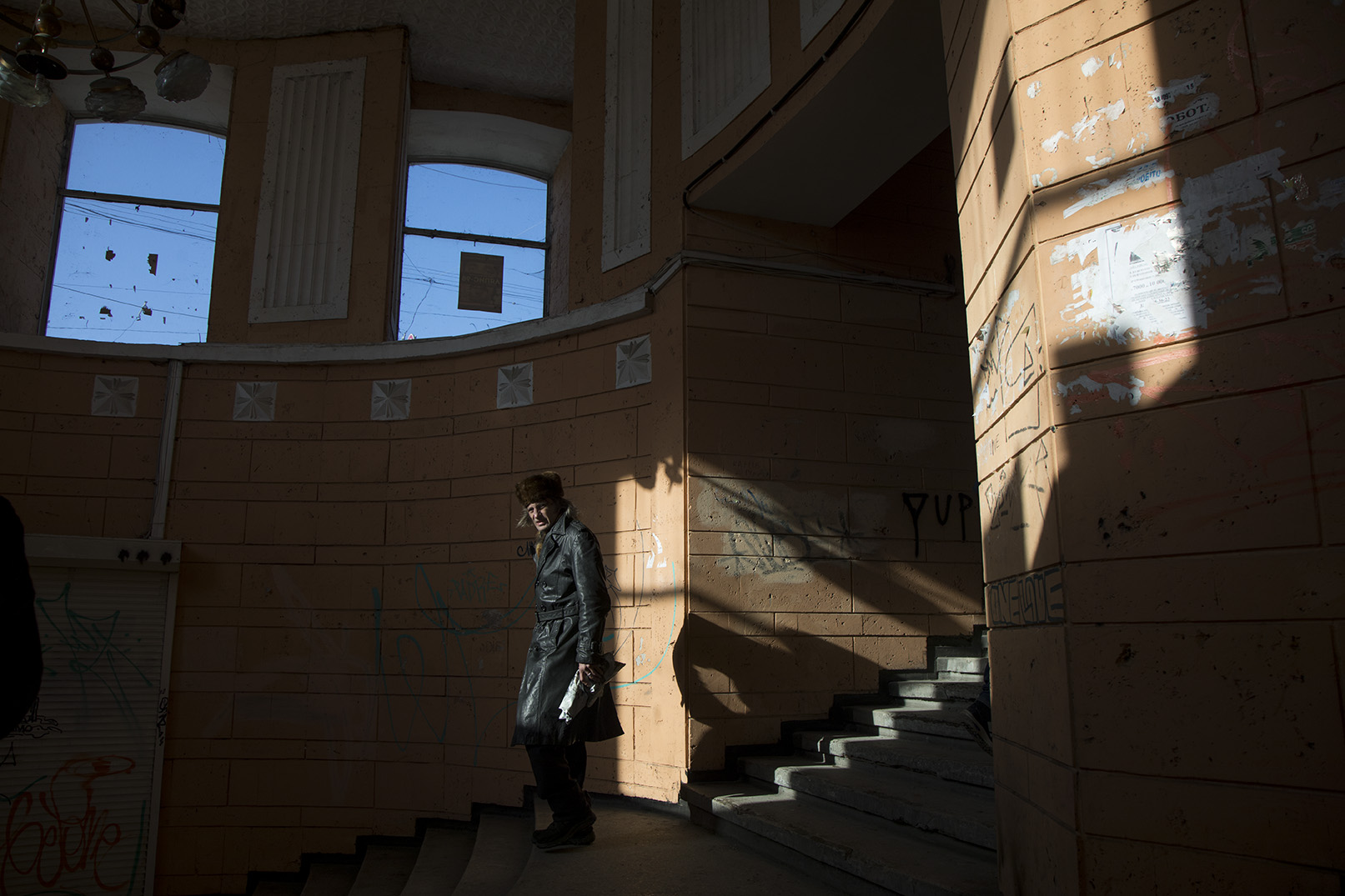

You have received various awards. Is it difficult for you to choose the best of your photographs for the contest?
When I look through my photographs I immediately know which of them are contest material, but I still spend a lot of time going through my archives. It sometimes takes the entire day. I usually make the decision about what to send on my own, but for the Miami Street Photography Festival I had a friend help me. And the shot that he advises me to choose was shortlisted, while the works that I thought had potential didn’t make it to the final.
The awarded works are usually displayed during the exhibitions. Do you print them for yourself?
I do, but not too often. I create folders on my computer with photographs meant to be printed, and sometimes they even make it on paper. To look at a photograph not on the monitor, but ‘live’, to touch it — it is a great pleasure.
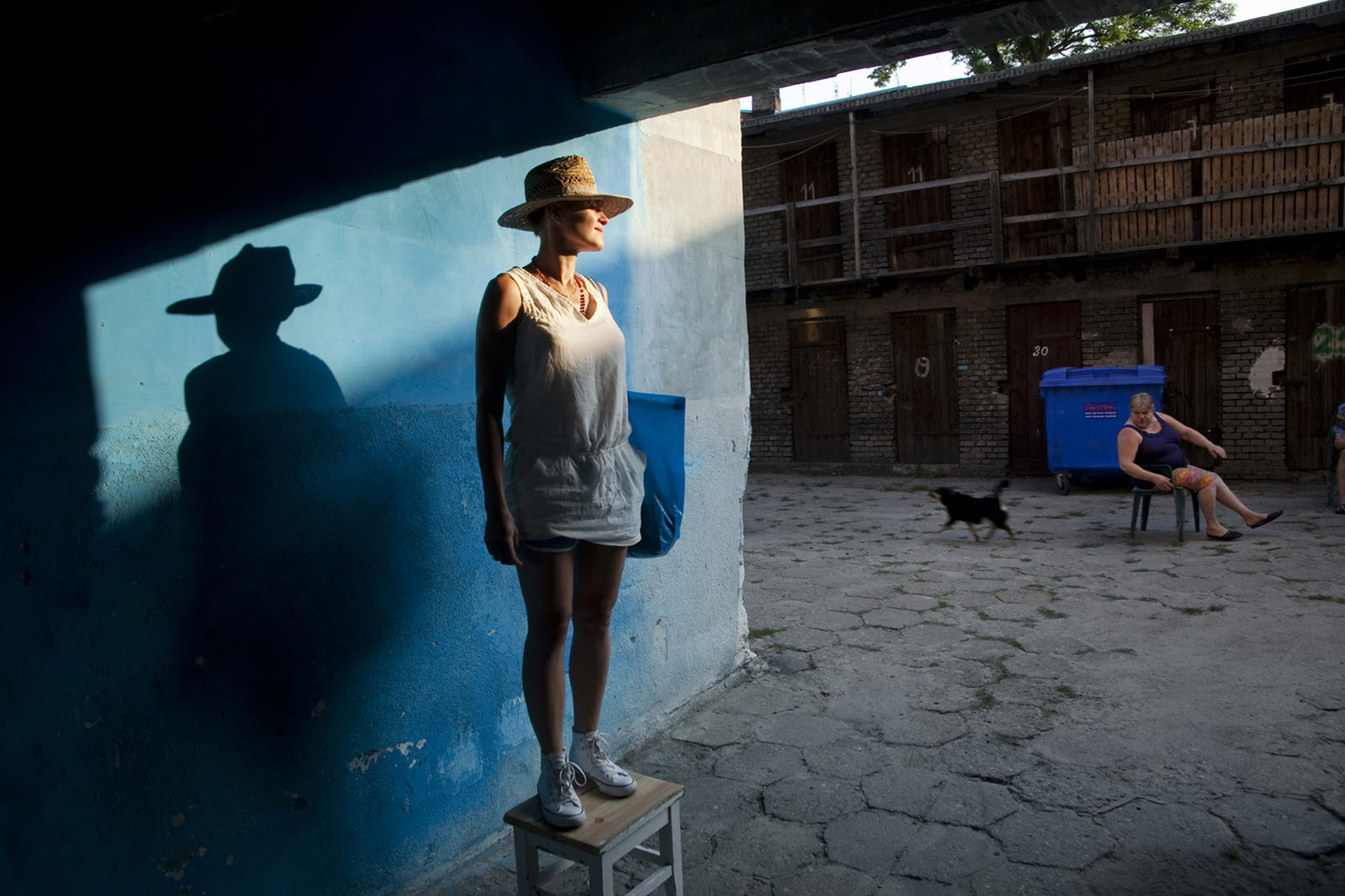

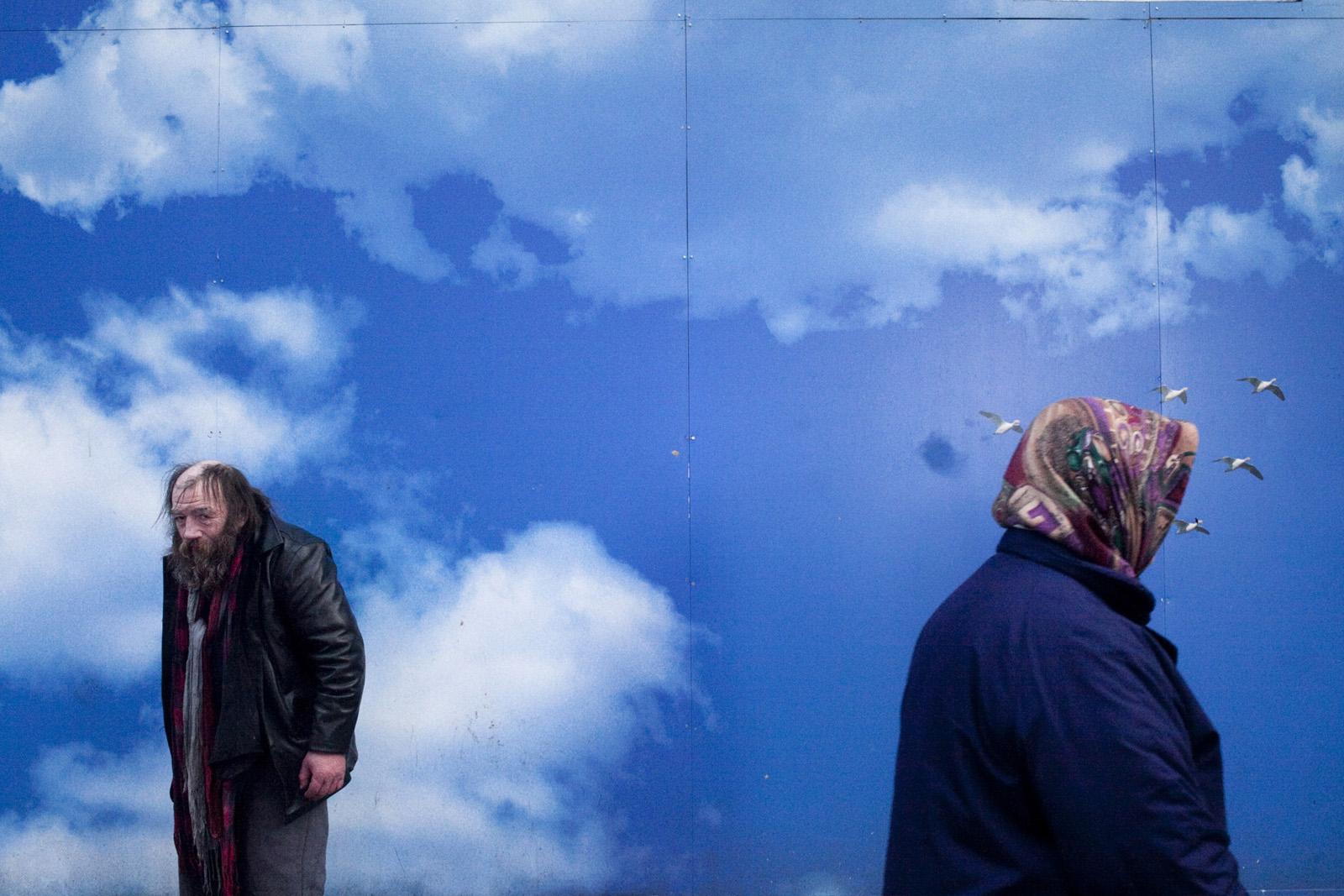
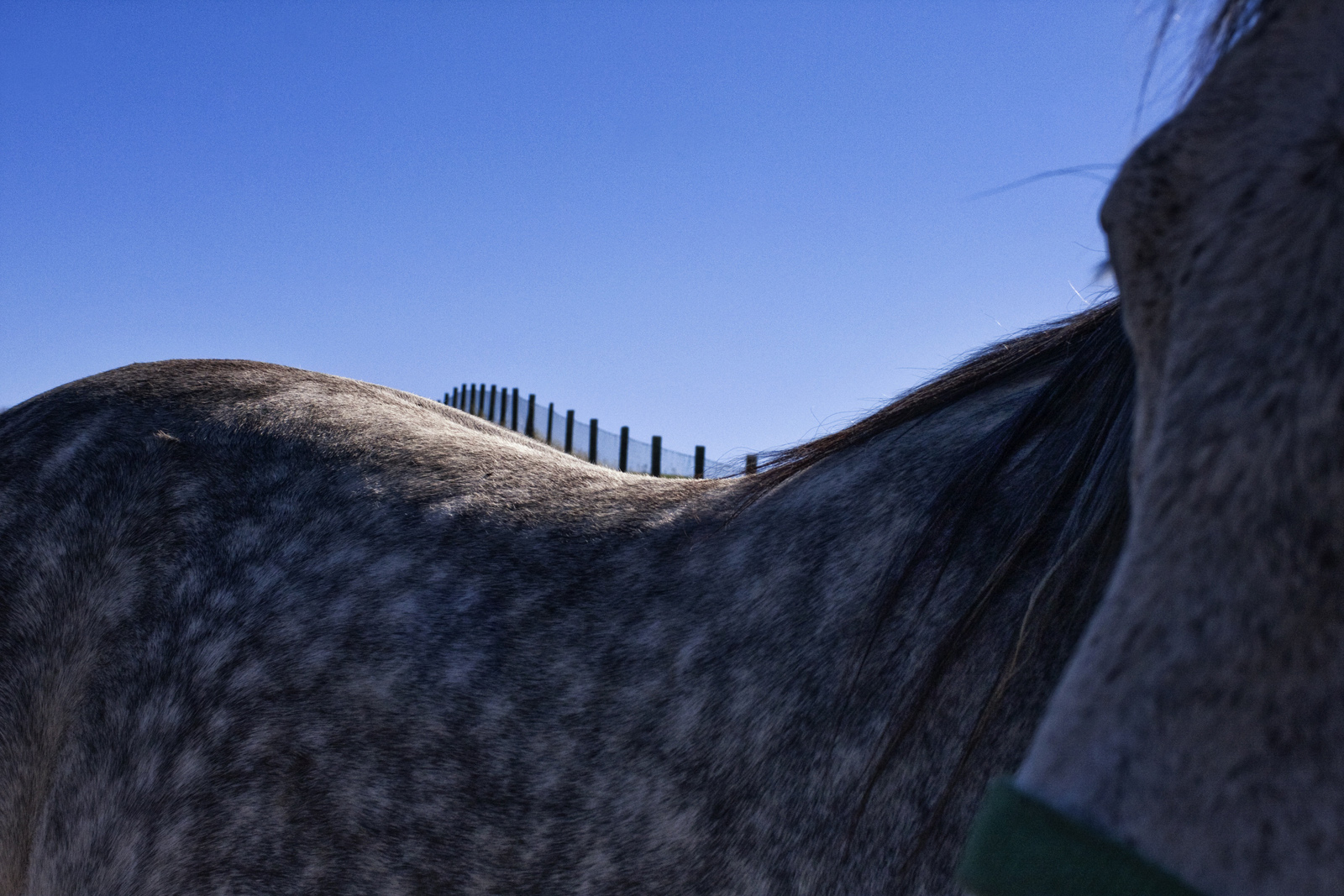
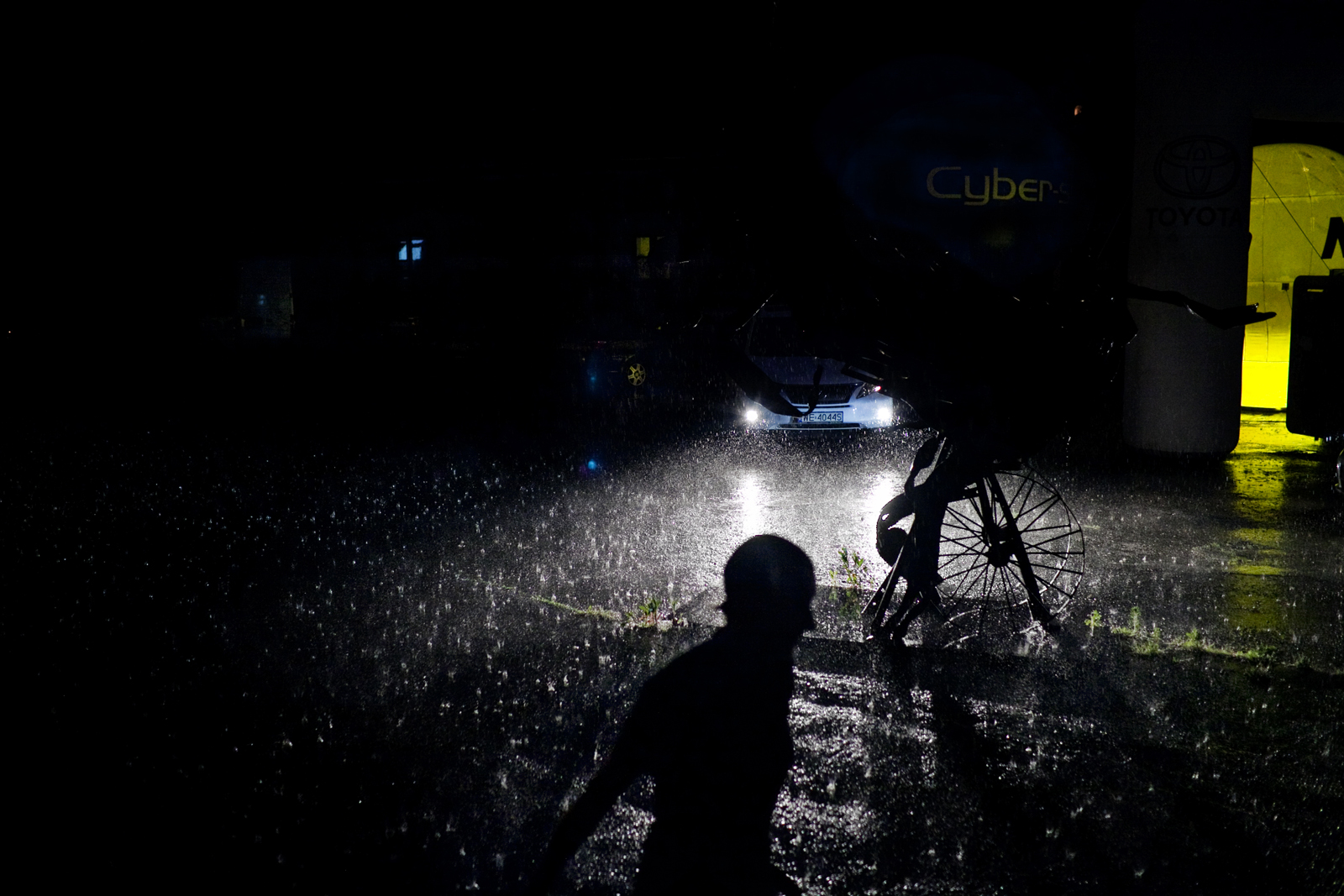
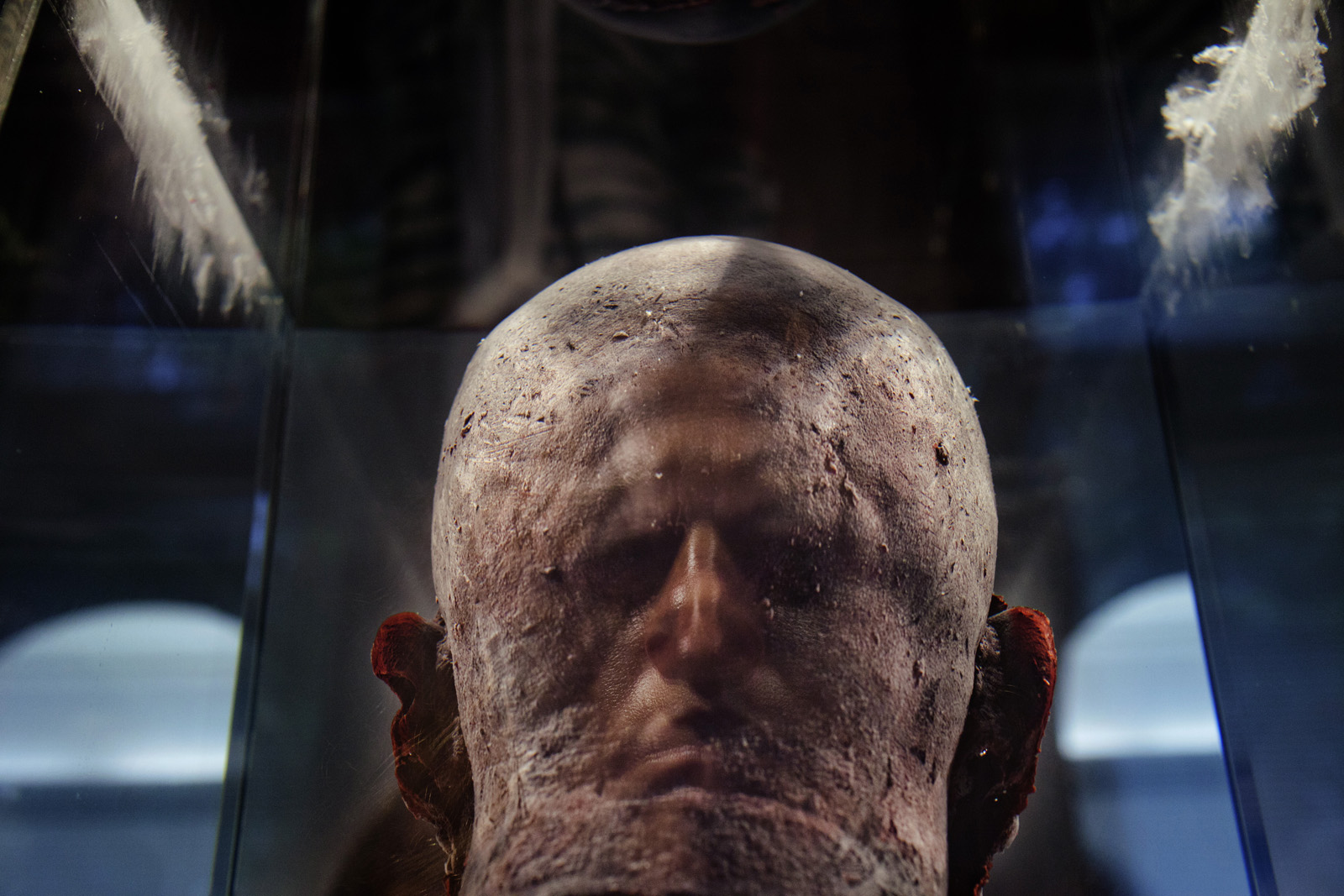

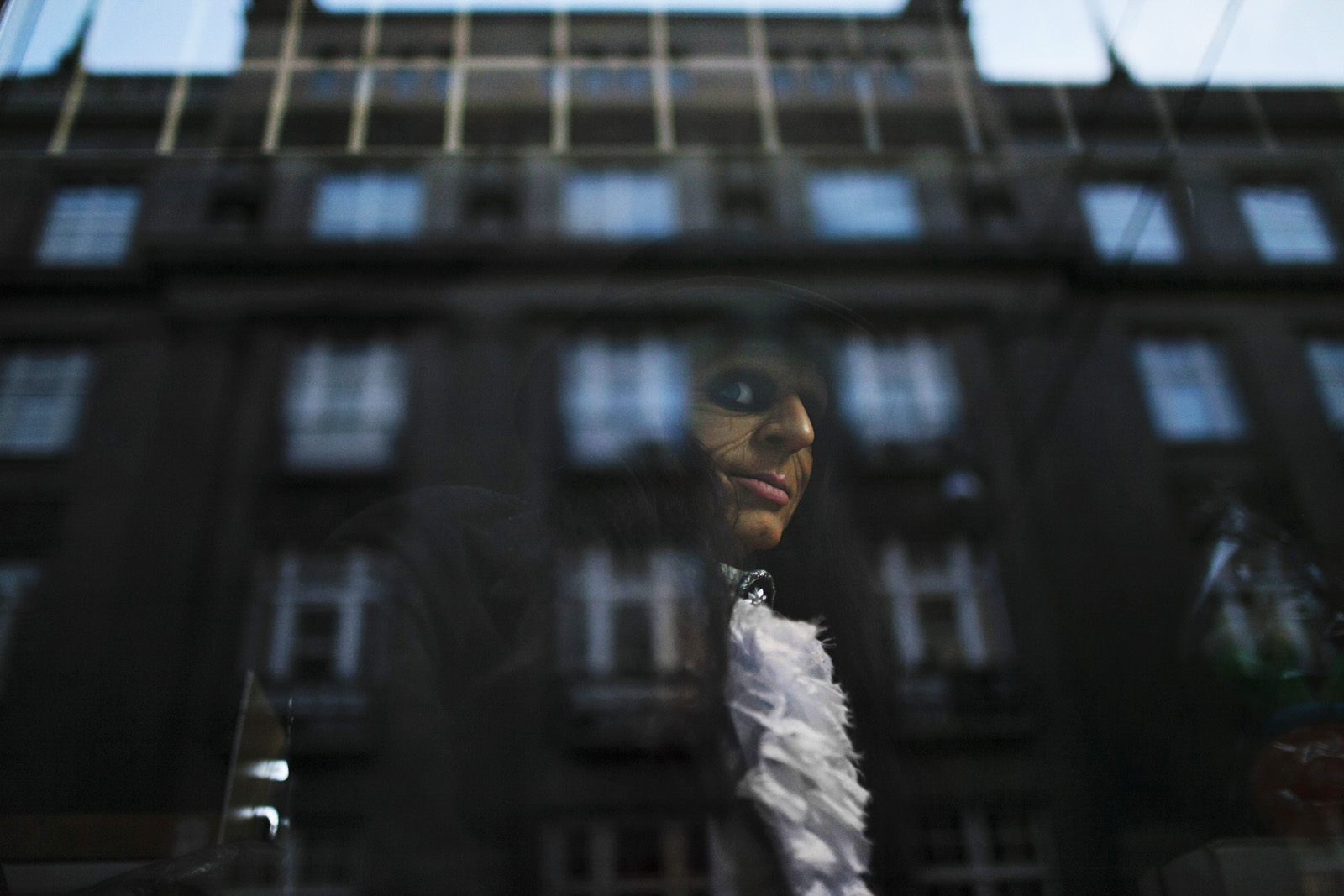
New and best
